Director: Johnnie To
Writer: Sylvia Chang
Cast: Chow Yun-fat, Sylvia Chang, Eason Chan, Tang Wei, Wang Ziyi, Lang Yue-Ting, Cheung Siu-Fai, Tien Hsin, Wallace Chung Hon-Leung, Stephanie Che Yuen-Yuen, Timmy Hung Tin-Ming, Mickey Chu Kin-Kwan
Running Time: 117 min.
By Martin Sandison
Just after the Berlin Film Festival finished, the Glasgow Film Festival began. In 2012, the highly reputable Glasgow event screened a sold out show of The Raid that I went to – with Gareth Evans and Iko Uwais in attendance. On the very same day this year, SPL II: A Time for Consequences blew my mind for the second time, while the surreal musical comedy Office deflated me.
Office is written by, produced, and starring the legendary Sylvia Chang (Yellow Faced Tiger). Chang began her career back in the early 1970’s starring in kung fu bashers with the likes of Jimmy Wang Yu (The Tattooed Dragon) and Yasuaki Kurata (The Flying Tiger). In 1978, she directed her first film for Golden Harvest, Once Upon A Time. She also became a hugely popular singer while creating a burgeoning acting career.
The multi-talented Chang then acted in theatre productions in the 1980’s, and in 2008, she created the play Design for Living, which eventually became Office. It’s a real vanity project for Chang, one that threatens to take off into something spectacular, but ultimately fails to deliver despite some great elements. Office is directed by the ever-busy Johnnie To (A Hero Never Dies), and serves as a welcome ‘spin’ for him. The film also marks the reunion of Chang, To and Chow Yun-fat, for the first time since 1988’s All About Ah Long.
The plot follows two new starts at a huge office design company, as they climb the ladder and navigate the colourful and quirky world the film creates. All of the characters come from the business world, and their interrelations fuel the narrative. The two young upstarts are played respectably by Nick Wang – whose role in the interesting The Bullet Vanishes stood out for me – and Lang Yue Ting, who appeared in Johnnie To’s Blind Detective.
I was annoyed that the film was marketed as “a Chow Yun-fat film,” when he only has a bit part and isn’t involved in the song numbers. That indefinable Chow Yun-fat-feeling permeates every scene he’s in, and made me wish he was in the film more. He plays the chairman of the company, while Chang is the CEO. There is certainly some chemistry in their brief scenes together, but the male actor who gets most screen time is Eason Chan (he’s in one of my all-time favourite Hong Kong movie titles: Golden Chicken). Although he’s a decent actor, the lack of interesting motivation for his character means I really wasn’t concerned about what would happened to him. The same cane be said about Tang Wei (from Ang Lee’s taboo-breaking Lust, Caution and Peter Chan’s Wu Xia with Donnie Yen), who plays one of Chan’s love interests.
This is where Office fails: investment in character. Also, a lot of the comedy falls flat, with only a few moments when I tittered. On the plus side, the first half an hour is beautifully constructed and draws you in to a visually superb universe. This is not only due to To’s roving camerawork, but also to the set and production design, which is breathtaking. It’s some of the best I’ve ever seen on a Hong Kong film, no joke. The sets are as pivotal and arguably more important than the characters who inhabit them.
There is a boring mid-film lull where not much is happening. Here, too much time is spent on subplots and the songs become grating with their Cantopop leanings. The opening numbers are well done and are complimented by the aforementioned positives, with some superb long takes and beautiful cinematography.
It’s very unfortunate that Office does not succeed in a lot of ways, as there is so much to recommend it for. The aesthetic construction at times is fully immersive, but is let down by poorly drawn characters. It’s still worth a watch though.
Martin Sandison’s Rating: 6/10


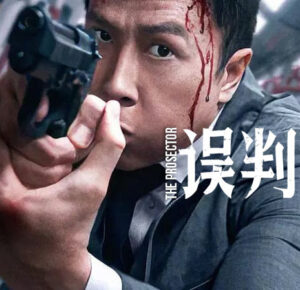

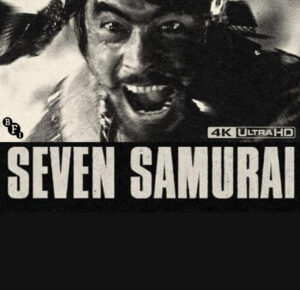
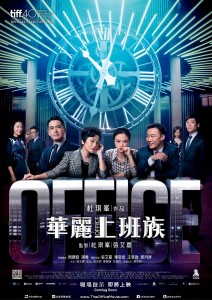
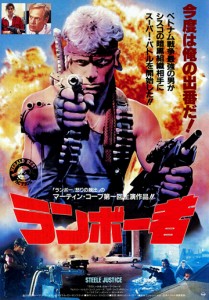
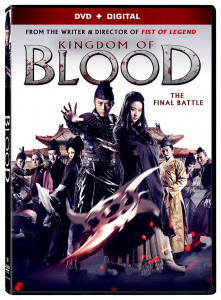
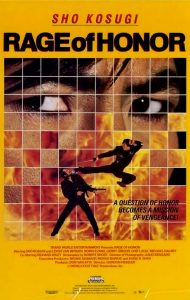
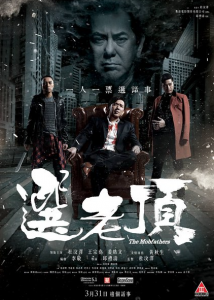

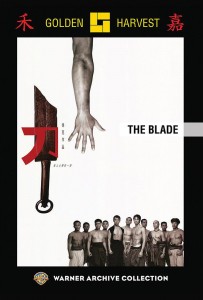
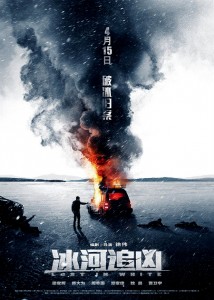
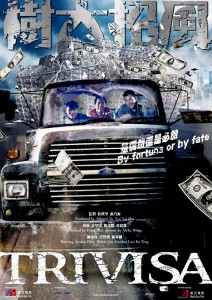
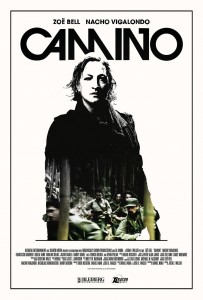
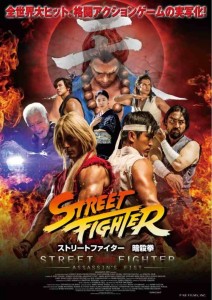
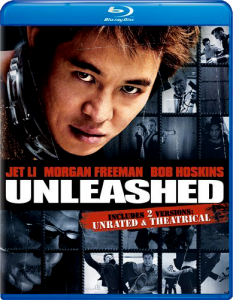
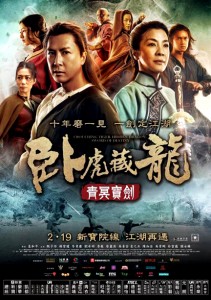
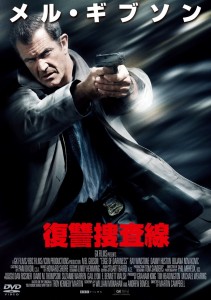
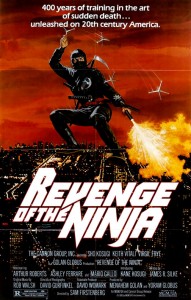



Be the 1st to Comment